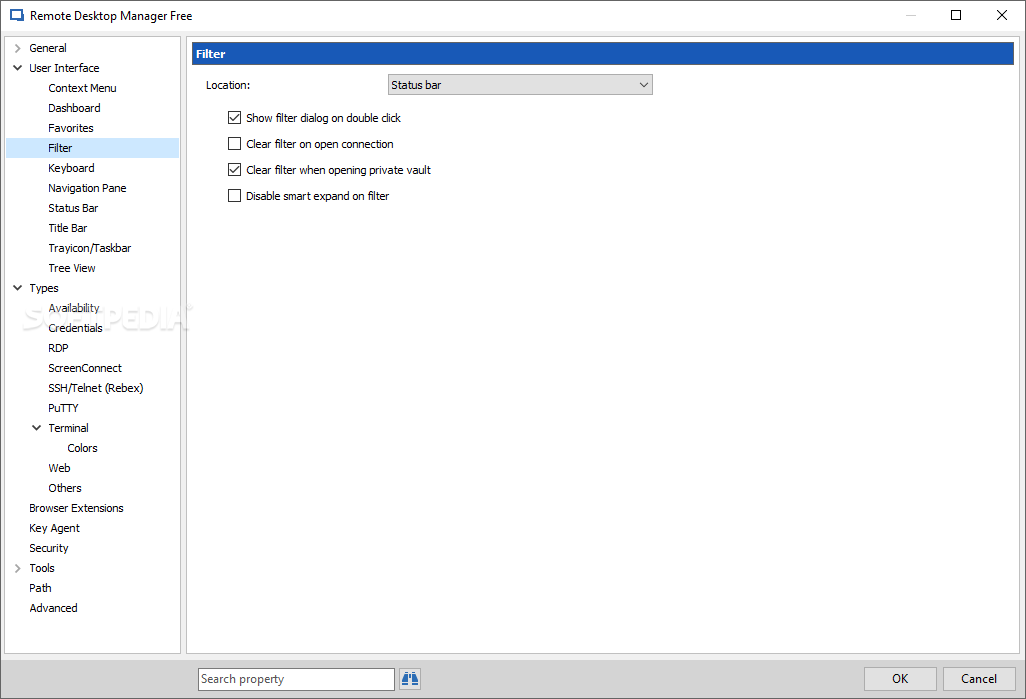

However, the support for online external database storage wasn't quite where they want it to be. I've now worked with this software for a few days to determine it's usefulness, and I just thought I'd share some of my experiences with the community.Īs a remote connections manager, it offers some features not found in most other apps of it's kind, such as plugins for embedded sessions of Teamviewer, AnyDesk, and WinBox for Mikrotik devices, along with many others. The free version can be used for 30 days unregistered, but is easily registered before or after that time just by creating a free account on the developer's website, giving you the free license. zip file and following the instructions in the wiki. I used the free version of the program to make it portable, by downloading the appropriate. Versions are also available for most mobile phones/tablets. This, combined with the fact that the program may be made portable, makes any IT expert good-to-go wherever they go. In the same vein, Remote Desktop Manager has a treasure trove of features dealing with remote connectivity, along with the ability to save a central database on Dropbox, Google Drive, WebDAV, etc. When I think of managing remote connections, I usually think of programs like mRemoteNG and Terminals. RDM empowers IT departments to drive security, speed and productivity throughout the organization, while reducing inefficiency, cost and risk." With support for hundreds of integrated technologies - including multiple protocols and VPNs - along with built-in enterprise-grade password management tools, global and granular-level access controls, and robust mobile apps to complement desktop clients for Windows and Mac, RDM is a Swiss Army knife for remote access. "Remote Desktop Manager (RDM) centralizes all remote connections on a single platform that is securely shared between users and across the entire team.


 0 kommentar(er)
0 kommentar(er)
